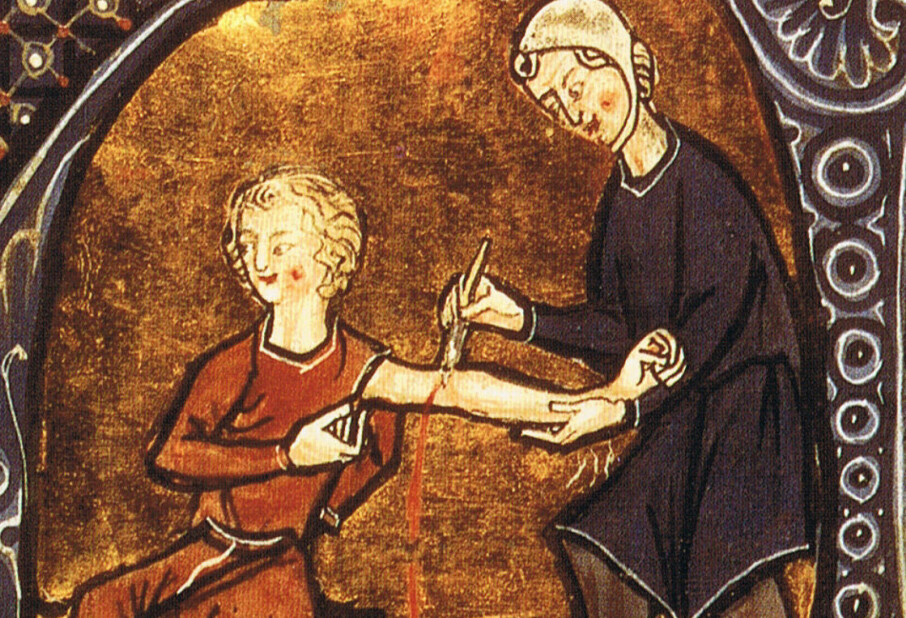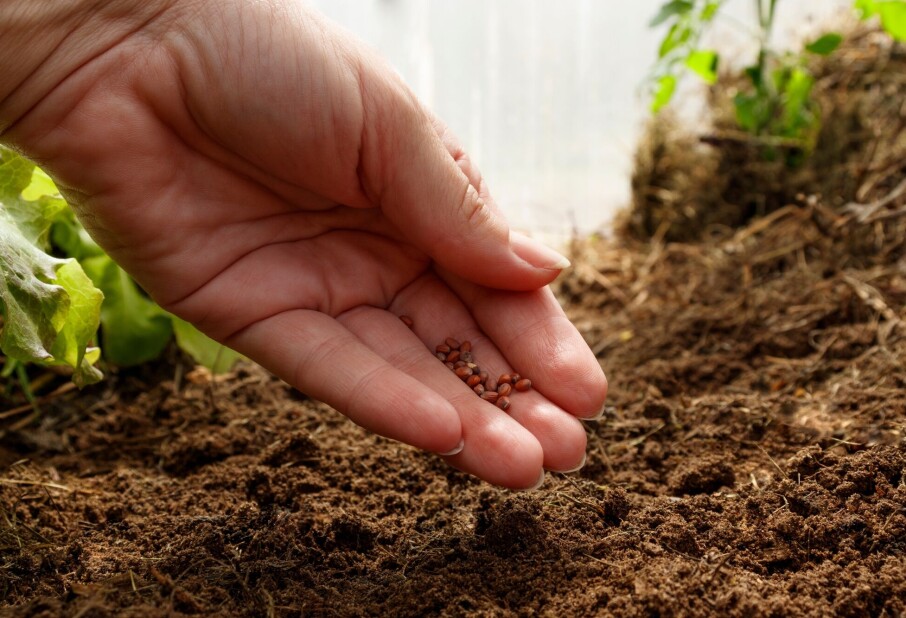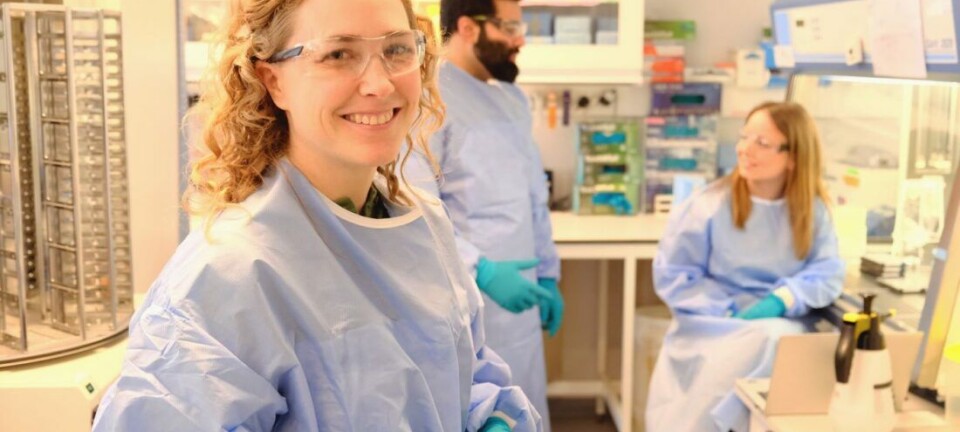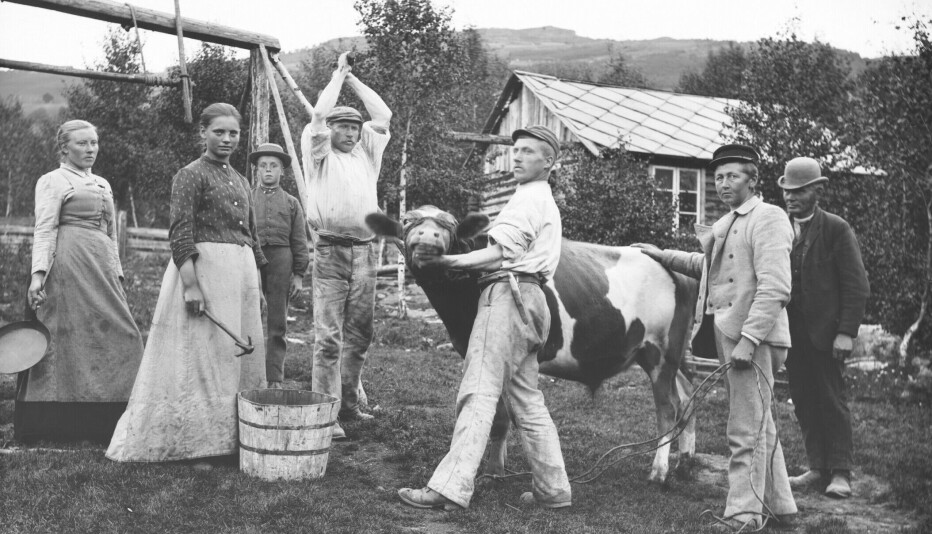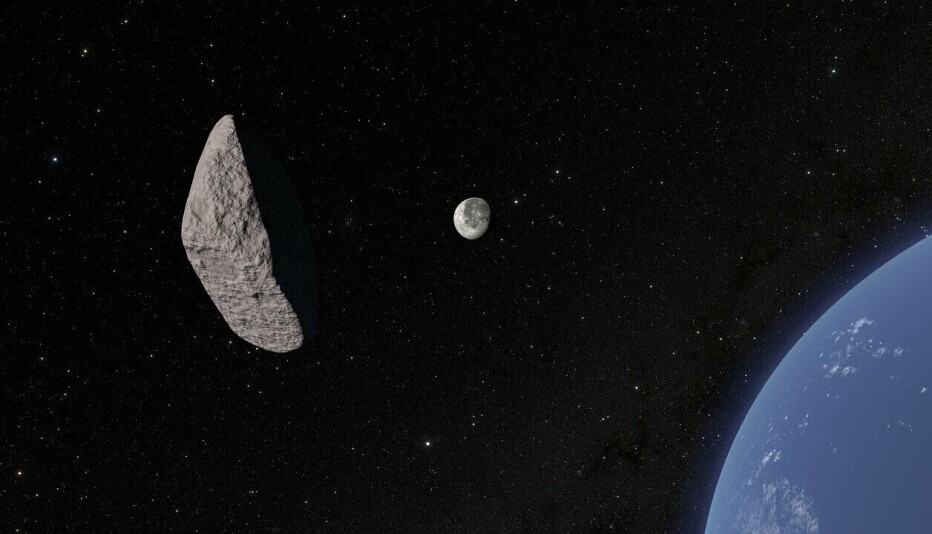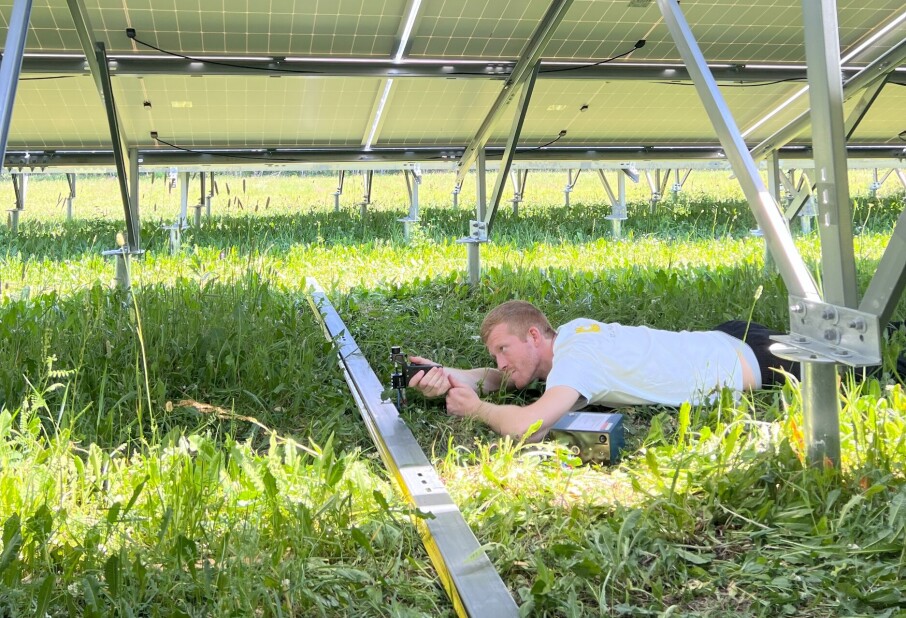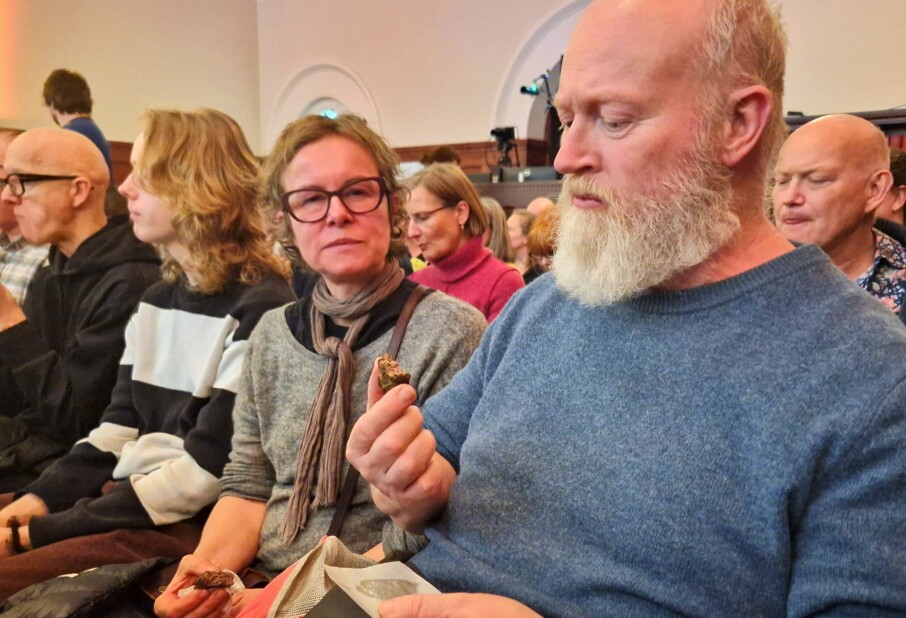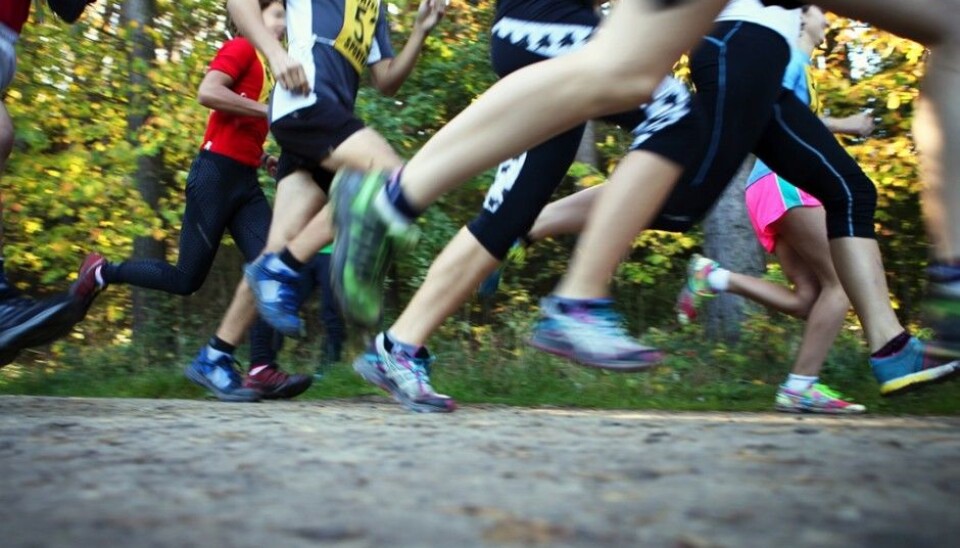
Scientists clash: Is there an exercise hormone?
Norwegian researchers claimed that the so-called exercise hormone irisin is merely a myth. Now the discoverers of irisin are fighting back, writing that they have irrefutable evidence that the hormone works in humans.
The issue has developed into a classic scientific yes–no–yes–no altercation.
It all started in 2012, when a group of researchers found that the muscles of both mice and people secreted the hormone when exercising. Bruce M. Spiegelman and his colleagues thought the hormone, a protein, got the body to burn off fat instead of storing it.
The discovery received wide publicity, as it sparked hopes of a future exercise or diet pill which would give couch potatoes some of the health benefits of good work-outs.
But then came the naysayers.
Asserting that irisin doesn’t work
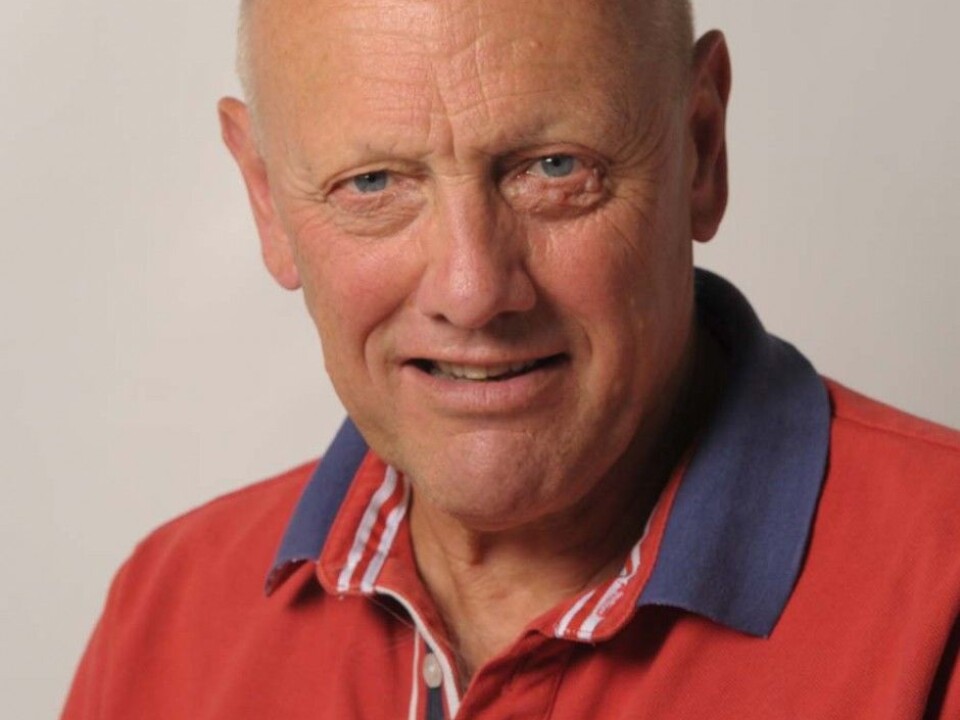
Many other scientists found no indications that the human body or that of other animals produce irisin and raise levels of it in blood plasma in connection with physical activities. Nor did they see the protein having any impact on our fat.
The researchers asserted that Spiegelman’s methods of measuring the protein were dodgy, and that due to a mutation the human body only produces minimal amounts of irisin.
In March 2015, Christian Drevon of the University of Oslo and some colleagues abroad published a scientific article which more or less dismissed the exercise hormone as a myth.
But Spiegelman has now struck back with results based on a “state-of-the-art” method for detecting the protein.
“These data unequivocally demonstrate that human irisin exists, circulates [in the blood], and is regulated by exercise,” he and his colleagues write in the latest issue of the journal Cell Metabolism.
Not convinced
Using new methods, Spiegelman and fellow scientists found that sedentary individuals had about 3.6 nanogrammes of irisin per millilitre (ng/ml) of blood, while persons who had engaged in weeks of aerobic interval training had a higher average level: 4.3 ng/ml.
The team writes that human irisin circulates in equally high or higher levels than have been observed for other important hormones.
These scientists also disagree with the claim that a mutation hinders the human body from producing the hormone. They criticise Drevon and colleagues for using imprecise methods to detect the hormone.
But Drevon is far from convinced.
“Spiegelman and colleagues may have found an improved method for measuring irisin, but this has to be checked by other scientists before it can be accepted,” comments Drevon in an e-mail to ScienceNordic’s Norwegian partner, forskning.no.
Only ten test persons
The Norwegian professor points out that Spiegelman’s study is based on a very small sample, only four persons who were inactive, or sedentary, and six who exercised. This raises the risk of results being impacted by random factors and individual variations among the test persons.
Drevon writes that if it is true that irisin really does circulate in the human bloodstream, we still lack proof that levels of the hormone increase with physical exercise.
Added to that, Spiegelman and colleagues have not documented that irisin has any effect on body fat.
Uninterested journals
Both the new and the former study by Spiegelman have been published by prestigious scientific journals. But these publications have not shown the same excitement about printing research results which contradicted or countered the findings.
Drevon said in an earlier forskning.no article that the professional journals are not so keen to publish certain types of research conclusions.
“It is striking that we cannot get our studies published in Nature and Cell Metabolism so we can present other data than that of the Spiegelman group,” he writes in his e-mail.
One thing for certain, the last word has yet to be uttered about irisin.
-------------------------------------
Read the Norwegian version of this article at forskning.no
Translated by: Glenn Ostling












